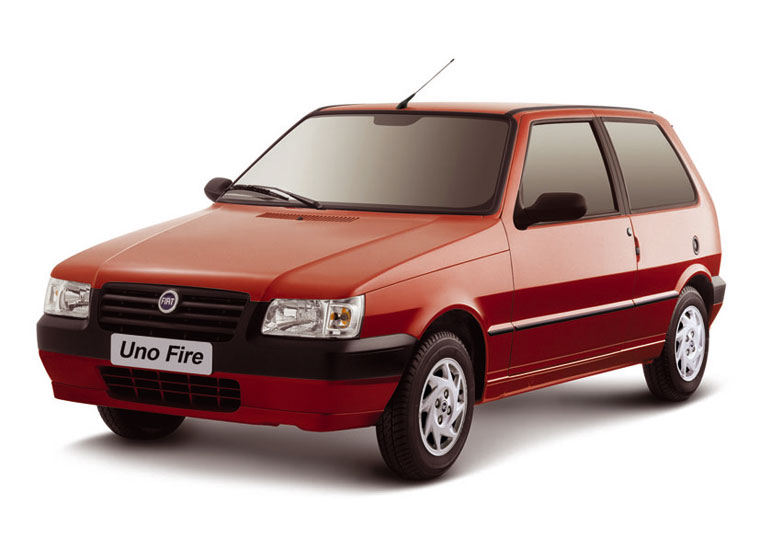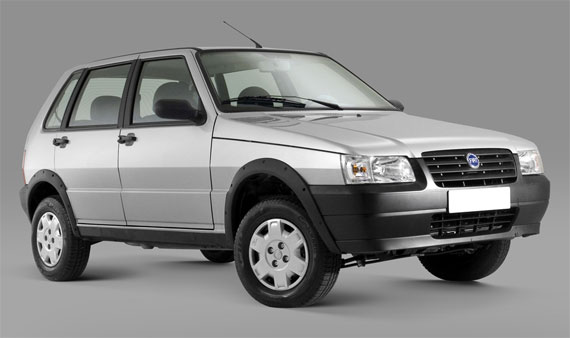The Fiat Uno Fire 1.3: Technical Specifications That Still Impress
The Fiat Uno. A name that conjures images of simplicity, affordability, and enduring reliability. While the original Uno may be a distant memory in some markets, its legacy continues to resonate, particularly when we delve into the technical specifications of the Fiat Uno Fire 1.3. This engine, a marvel of its time, delivered a blend of performance and efficiency that continues to impress enthusiasts and mechanics alike. This article explores the key technical specifications of the Uno Fire 1.3, examining why it remains a noteworthy engine even in the modern automotive landscape.
The Heart of the Matter: The 1.3L Fire Engine
The core of the Uno’s appeal, and what we’ll focus on, is its 1.3-liter Fire (Fully Integrated Robotized Engine) engine. This engine family was a significant advancement for Fiat, designed for ease of production, fuel efficiency, and relatively low emissions. The 1.3L variant found in the Uno struck a commendable balance, making the car a practical choice for daily driving.
Key Technical Specifications: A Closer Look
Let’s break down the crucial technical details of the Fiat Uno Fire 1.3 engine:
- Engine Type: Inline-four cylinder, naturally aspirated (non-turbocharged)
- Displacement: 1.3 liters (1299 cc)
- Fuel System: Typically, Multi-point fuel injection (MPFI) - though earlier models might have used a carburetor. This contributed significantly to improved fuel economy and reduced emissions compared to carburetor-based engines.
- Power Output: The power output varied slightly depending on the specific model and market, but generally hovered around:
- Horsepower: 60-68 hp (approximate)
- Torque: 100-110 Nm (approximate)
- Cylinder Head: Aluminum alloy, often with SOHC (Single Overhead Camshaft) configuration, contributing to a lighter engine and improved thermal efficiency.
- Valvetrain: 8 valves (two valves per cylinder)
- Compression Ratio: Typically around 9.5:1, a balance between performance and fuel efficiency.
- Cooling System: Water-cooled
- Transmission: Typically paired with a 5-speed manual transmission, further enhancing fuel economy and offering driver control.
- Weight: The engine itself was relatively lightweight, contributing to the Uno’s overall agility and fuel efficiency.
Why These Specs Impressed Then (and Still Do Now)
The Fiat Uno Fire 1.3’s specifications were impressive for its time for a few key reasons:
- Fuel Efficiency: The engine’s design and fuel injection system resulted in excellent fuel economy, making it a cost-effective choice for drivers.
- Reliability: The Fire engine was generally known for its robustness and longevity, requiring relatively little maintenance.
- Simplicity: The engine’s relatively simple design made it easier to service and repair, contributing to its affordability.
- Compact Design: The engine’s small size made it ideal for the Uno’s compact dimensions, allowing for a spacious interior relative to its exterior footprint.
- Refinement: Compared to older engine designs, the Fire 1.3 offered a smoother and quieter operating experience.
Performance and Driving Experience
While the Uno Fire 1.3 wasn’t a performance powerhouse, it provided adequate power for everyday driving. The engine’s responsiveness and fuel efficiency made it well-suited for city driving and short commutes. The 5-speed manual transmission further enhanced the driving experience, allowing drivers to optimize fuel consumption and control the engine’s power delivery.
The Legacy of the Fiat Uno Fire 1.3
The Fiat Uno Fire 1.3 engine played a crucial role in the success of the Uno. Its combination of fuel efficiency, reliability, and reasonable performance helped make the car a popular choice in various markets. The engine’s legacy continues to live on, with many examples still running reliably today, a testament to its enduring design and engineering.
Conclusion
The Fiat Uno Fire 1.3 engine, with its carefully considered technical specifications, remains a testament to efficient and reliable engineering. Its blend of fuel economy, simplicity, and adequate performance made it a standout in its class. The Uno Fire 1.3’s legacy serves as a reminder that practicality and efficiency can go hand in hand, even in the world of automobiles. Its enduring presence on the road is a testament to its lasting appeal.
Frequently Asked Questions (FAQs)
1. What is the average fuel consumption of a Fiat Uno Fire 1.3?
Fuel consumption varied based on driving conditions, but generally, the Uno Fire 1.3 offered excellent fuel economy, often achieving figures around 15-20 km/l (kilometers per liter) or better, depending on driving style and road conditions.
2. Is the Fiat Uno Fire 1.3 engine easy to maintain?
Yes, the engine’s relatively simple design makes it easier to maintain compared to more complex modern engines. Routine maintenance tasks like oil changes, spark plug replacements, and filter changes are straightforward.
3. Are spare parts readily available for the Fiat Uno Fire 1.3?
Availability of spare parts varies depending on the region. In some markets, parts are still readily available, either new or used. However, it’s advisable to check parts availability in your specific area before purchasing a Fiat Uno.
4. What are the common problems associated with the Fiat Uno Fire 1.3?
While generally reliable, common issues can include leaks from seals and gaskets, wear and tear on the ignition system, and potential issues with the fuel injection system over time. Regular maintenance can help prevent or mitigate these problems.
5. How does the Fiat Uno Fire 1.3 compare to other engines of its era in terms of performance?
The Fiat Uno Fire 1.3 offered competitive performance for its class. It wasn’t designed for outright speed but provided adequate power for everyday driving, often outperforming older carburetor-based engines in terms of fuel efficiency and emissions. It was a solid choice for its time and offered a good balance of performance and practicality.




